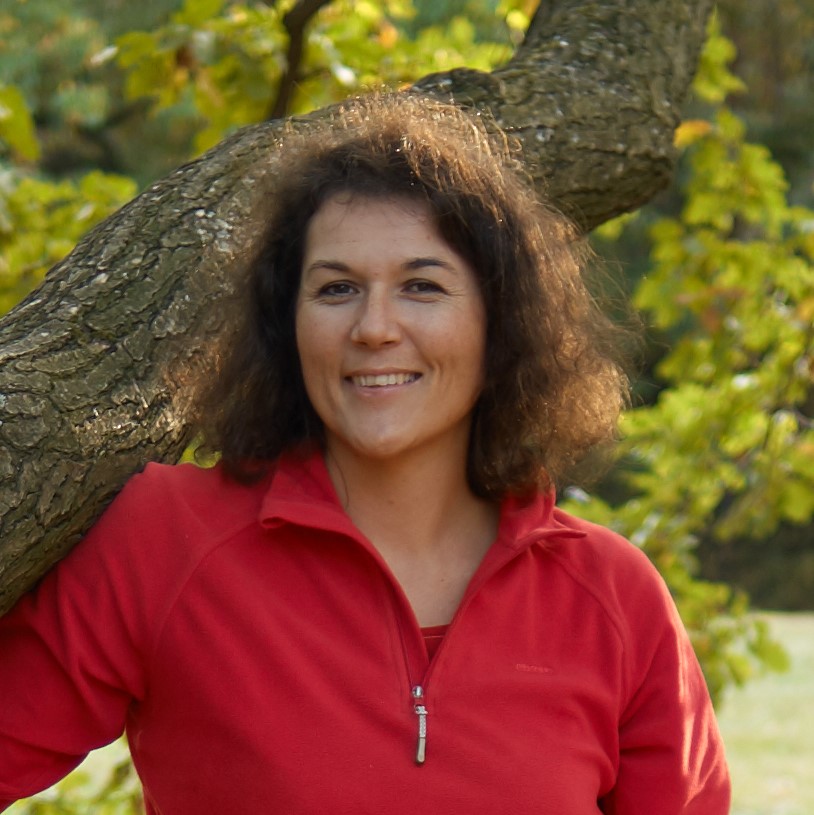
Peace Training
Publication gives an overview on the situation in Europe in training and adults preparation in the area of nonviolent intervention in conflicts. It summarizes 4 established approaches in trainings and is contributing to the discussion on key aspects and questions we are facing.
Dostupné verzie
Viac o knihe
Educating individuals to deal constructively with conflict has increasingly gained significance in the last two decades. Experiences from various community and international conflict settings point to the importance of thoroughly preparing adults for peacework and for the need of further exploration in the field of training. The purpose of this guide is to present some of the achievements of training for effective nonviolent intervention in (potentially) violent conflicts, to reflect on current challenges and limitations in training and to offer thoughts and visions for future developments. In the opinion of the authors and the partner organisations of the European Commission-funded project, Associations and Resources for Conflict Management Skills (ARCA), peace training has both a proven track record and considerable potential for more extensive use. With this guide, we hope to build on positive lessons learned from the field and to provide insights that will engender more effective practices for preparing adults to intervene nonviolently in conflict.
In the fields of civilian crisis intervention, violence prevention, peacebuilding and conflict transformation, the importance of training is increasingly recognised as essential to develop the professional competencies of interveners. The present guide aims at presenting current practices in the field of preparing individuals for peacework and nonviolent intervention in conflicts, to reflect about challenges the field faces, and to offer reflections and visions for future developments. The guide consists of the following chapters and contents:
Chapter One offers an overview of the field of peace training. It defines the concepts of peacework and nonviolent intervention and describes the different educational traditions which have shaped peace training as it is today. Further, peace training is delineated as the process to develop three main competencies in peaceworkers: knowledge; personal qualities; and skills.
Chapter Two identifies some key propositions regarding peace training. These are to be understood as orientation points that extrapolate some of the field’s most relevant dimensions. They will be used as pillars to support much of what follows throughout the rest of the guide.
Chapter Three expounds upon peace training by highlighting five case studies of organisations ative in the field both in Europe and internationally. They are: The Peaceworkers Project of International Alert; The Peace Action Training and Research Institute of Romania (PATRIR); The Austrian Study Centre for Peace and Conflict Resolution (ASPR); Nonviolent Peaceforce (NP); and the Christian Peacemakers Teams (CPT).
Chapter Four describes some of the general challenges that peace training faces, namely: political; ethical; cultural; didactical; and effectiveness challenges.
Chapter Five continues the focus of chapter four and takes a deeper look at didactical challenges—or those difficulties that arise during the actual practice of training—and proposes suggestions for improvements. An important aspect which is outlined here is how to address the gap between the training event in a protected environment and the actual field of conflict. In order to enhance the effectiveness of peace training, it is suggested that training be contextualised as part of a wider “training to practice continuum.”
Chapter Six is a reflection on the future of peace training and strives to bridge divides in the field by demonstrating the absolute necessity of both professional and vocational aspects of training. It presents a more integrated worldview upon which to develop peace training and ends by detailing how training that uses holistic approaches to cultivate knowledge, skills and personal qualities in peacework takes on a certain art form. Training peaceworkers to transform conflict is a broad and ever-changing field. Programmes and methods for facilitating their formation are as varied as the different dimensions of conflict itself. Drawing conclusions about this training process is complicated; however, it is important for the field to bring together some of the lessons learned in order to deepen awareness and to engender more effective and sustainable practices for preparing adults to intervene nonviolently in conflict.
How to quote us
RIVERS, Robert - SCOTTO, Giannis (eds). 2007. Peace Training. CLUJ: PATRIR, 2007. 64 p.
Dostupné verzie
Môže sa vám ozvať naša Monika?
Ak chcete mať čerstvé informácie o našich lunchseminároch, otvorených kurzoch, konferenciách, či vzdelávacích olovrantoch, nechajte nám na vás kontakt. Sľubujeme, že vás nebudeme otravovať :).
Prihlásiť sa na odber noviniek
Monika Straková
Koordinátorka vzdelávacích kurzov a riaditeľka kancelárie

